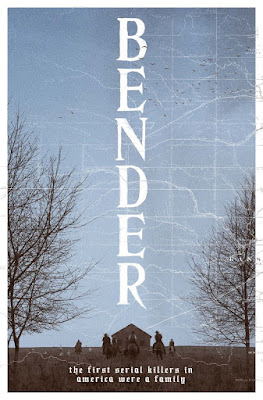Director
Alex Nicol
Cast
John Hudson - Eric Whitlock
Peggy Webber - Jenni Whitlock
Russ Conway - Rev. Edward Snow
Alex Nicol - Mickey
Tony Johnson - Mrs. Snow
Movies like The Screaming Skull are the reason why I created this blog in the first place.
I'll start where the movie starts. The theme music at the beginning.Well, to be honest, the movie starts with an open coffin as a narrator tells the audience what they're about to see will be the most terrifying movie they've ever experienced.
"Its producers feel they must assure free burial services to anyone who dies of fright from seeing...the screaming skull!" the voice over says. Inside the coffin is a card that reads, "reserved for you."
Blow me away, movie!
When I sat and watched this flick, and the theme music started - typical eerie tuba music so common in 1950s and 60s B-horror movies - it sounded very familiar. I knew I heard it before, but I couldn't place it.
All I could determine was its resemblance to the Dies Irae. Being Catholic, I'm familiar with the tune of this Latin requiem chant.
The movie is about Jenni and Eric Whitlock (John Hudson and Peggy Webber), two newlyweds who are moving into Eric's huge summer home.
The home happens to be where Eric's first wife, Marion, died when, according to Eric, she accidentally slipped and slammed her head against the edge of a decorative garden pond.
When the couple is settling into their home and new life, a pastor named Rev. Edward Snow (Russ Conway) and his wife (played by Tony Johnson) pay them a visit.
In a moment of exposition, Eric tells them his new wife previously spent time inside a mental asylum after her parents suddenly died. Somehow, Mrs. Snow is aware that Jenni also has a lot of money.
Mickey the groundskeeper (Alex Nicol, who's also the director), who's developmentally disabled, also lives at the estate. Mickey later tells Jenni that the ghost of Eric's first wife haunts the estate. That's just the last thing a former mental patient needs to hear. Especially as Jenni thinks the portrait of Marion inside the home happens to resemble her own dead mother.
Soon, Jenni starts hearing screams and finding a skull in various places around the house. All of this starts to drive her mad to the point she feels like she's losing her sanity.
There's even a moment where Jenni sees the skull and points in out to Eric, who claims there's no skull to be seen.
 |
| John Hudson and Peggy Webber |
At a running time of approximately one hour and eight minutes, this low-budget independent movie is a mess of bad acting, terrible film cuts, and some lack of continuity, and a misleading title.
Well, o.k...there's a skull. And there's some screams. But I think the skull actually "screams" once or twice at most.
There's one point in the movie where we see Jenni running to investigate a banging noise during the night. As she's running past the camera towards a window to close it, the film cuts to her jumping into her husband's arms in fright. I watched this movie on Amazon Prime, and thought I accidentally sat on the remote when this cut occurred. Normally when I accidentally sit on the remote, my butt generally seems to find the fast-forward button. But this wasn't the case here. In fact, this particular bad cut in the movie is even referenced in an episode of Mystery Science Theater 3000.
There's another weird cut right in the middle of Jenni's dialogue. It's ridiculous!
To the movie's credit, the ending is an unexpected twist.
Otherwise, the pacing seems a little loose. And the story really needs more content, solidity and tightening up. By that. I mean a little more explanation as to the significance of the events taking place such as...
*SPOILER*
If the husband is responsible for the skull, why does he see it move on its own?
And if his late wife is appearing as a transparent ghost, which she does at an earlier point in the movie, how does she appear in a solid form at the end. Eric even throws something at her, and knocks her down.
If the husband is responsible for the skull, why does he see it move on its own?
And if his late wife is appearing as a transparent ghost, which she does at an earlier point in the movie, how does she appear in a solid form at the end. Eric even throws something at her, and knocks her down.
It's too lackluster. There's not enough to really sink the horror-loving teeth into.
After watching the movie, I needed to find out more about the score because I knew it was used somewhere else.
According to imdb.com, the opening theme played on a tuba is the Dies Irae portion of Hector Berlioz's Symphonie Fantastique. A different version of this piece was used for the opening theme of The Shining (1980). Now that I found this out, I urge readers to listen to the Dies Irae chant (a traditional hymn sung at Catholic funeral masses) on YouTube and compare it to theme song from The Shining. There's a clever similarity. The music for The Screaming Skull was composed by Ernest Gold whose notable work includes music for the movie Exodus.The Screaming Skull is fun for its own sake. It's funny when it's not supposed to. And it has that nostalgic cheesy charm good for people who like that kind of stuff. Otherwise, it's just a weak, independent, low budget movie.












